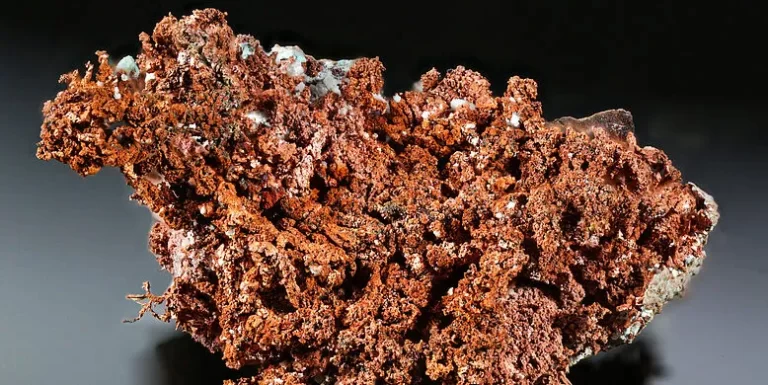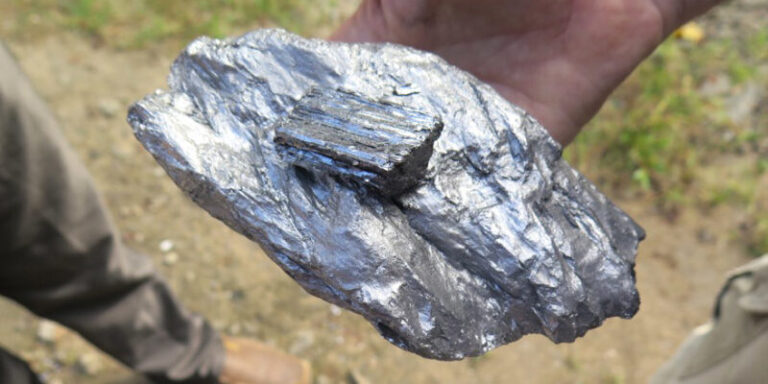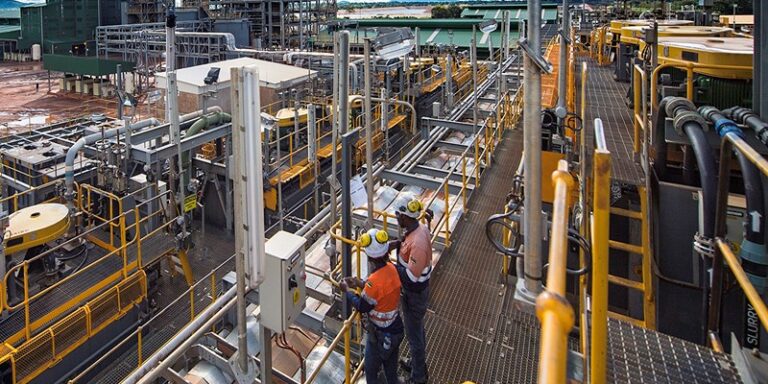
Africa, known for its rich mineral resources, is making significant strides in the global graphite supply chain, positioning itself as a major player in the battery sector.
With the world’s growing demand for clean energy solutions, the continent’s diverse graphite projects are attracting investors and downstream consumers alike, signaling a potential shift away from China’s dominance in the market.
Graphite’s Role in the Energy Transition
Graphite, a crucial component for lithium-ion batteries used in electric vehicles (EVs) and electronic devices, plays a pivotal role in the global transition to clean energy.
As the demand for battery storage capacity increases, so does the need for high-quality graphite supplies. Currently, synthetic graphite, produced from crude oil, is prevalent in the market.
However, the energy-intensive and carbon-emitting nature of its production might soon give way to the rise of natural graphite.
Africa’s Growing Contribution to Global Supply
In 2021, Africa produced about 9% of the world’s graphite supply, and this figure is expected to surge further in the coming years.
The continent’s largest mine, Balama, located in Cabo Delgado in Mozambique and owned by Australia-based Syrah Resources, is already a significant global supplier.
The Balama Graphite Mine province is a vital global supply chain link with 107 million tons of reserves at 16% total graphite carbon (TGC) and 1.42 billion tons of resources of 10% TGC.
In July 2022, Syrah Resources secured a $102-million loan from the US Department of Energy to expand its Vidalia active anode material facility in Louisiana. The facility will use feedstock from the Balama mine in Mozambique.
As new mines are brought online and investment increases in exploration, Africa is set to play a much larger role in supplying global markets.
Several projects across Africa are either under construction or in late-stage feasibility studies. In April 2022, Black Rock Mining was awarded a special mining license for its Mahenge graphite project in Tanzania, solidifying its presence in the African market.
The trajectory of Tanzania’s graphite industry continued to ascend in February 2023, as Walkabout Resources secured a significant $10-million funding commitment from institutional investors Battery Metals Capital for the Lindi Jumbo project.
Mines like Aukam in Namibia and Graphmada in Madagascar stand out with their potential for success in high-tech industries and the battery space.
As graphite is declared a critical mineral in several countries, including the US, Europe, the UK, Japan and Australia, the demand for anode materials is set to increase significantly, requiring the establishment of approximately 97 natural flake graphite mines by 2035.
Diversifying the Supply Chain
China, responsible for 65% of the world’s mined natural graphite production in 2022, shifted to become a net importer of flake graphite, reinforcing its aim to dominate the anode supply chain.
The country controls much of global supplies as well as prices, leading to a growing demand by other nations to diversify supply chains. Africa, with its expanding graphite production, has emerged as a prime candidate to meet this demand.
As the battery anode market experiencing robust growth, the supply of natural graphite is struggling to keep pace, leading to price spikes.
Africa’s potential to increase its graphite supply to 26% of the global market by 2026 has caught the attention of investors and major players in the battery industry.
With projects like Balama, Bunyu, Chilalo, and Mahenge in Mozambique, Tanzania, Madagascar, and Namibia, respectively, Africa’s graphite boom is set to ignite a battery revolution, powering the world’s clean energy future.
As Africa takes center stage in the global graphite chains, it is poised to reshape the battery sector and accelerate the world’s transition to a sustainable and greener tomorrow.





